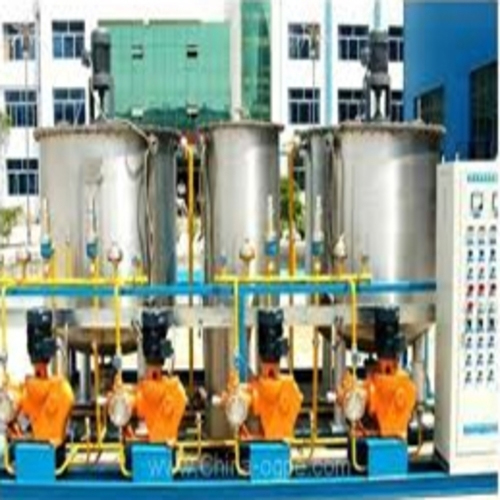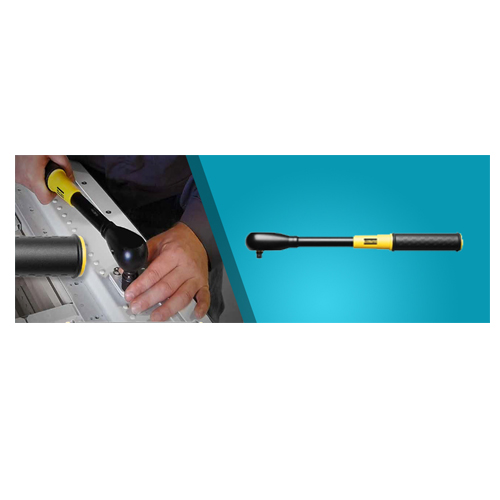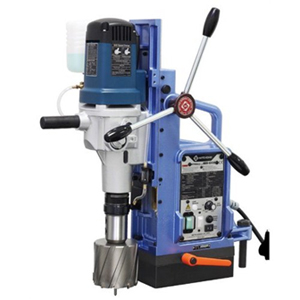Schedule a Call Back
What is Vacuum?
 Technical Articles
Technical Articles- Aug 09,12
The Earth's atmosphere exerts a pressure upon us, known as the atmospheric pressure, which can be measured in a number of ways. At sea level, the standard pressure is 14.7 psia or 29.92" of mercury (Hg) or 760 mm of mercury (Torr). Because the barometric pressure varies, the above sea level pressures are used as a reference point. The term "vacuum" is used to describe the zone of pressure below atmospheric pressure.


In the USA the common standard to measure rough vacuum is inches of mercury ("Hg), which can be measured in two different ways. One method is as "Hg gauge ("HgV), where the scale starts at O"Hg (atmospheric pressure) and goes up to 29.92"Hg, which is perfect vacuum.
The other way is to measure in "Hg absolute ("HgA), which is a gauge with a reversed scale. In this case, the scale on the gauge reads 29.92"Hg at atmospheric pressure and O"Hg would be perfect vacuum. Please note that a perfect vacuum is not possible on earth, no matter which vacuum pump is used.
To show the relationship between "Hg gauge and "Hg absolute we can use the following example: 26"Hg gauge at sea level would be 29.92- 26 = 3.92"Hg absolute. Because of the two different ways of measurement, the customer should be asked if they mean "gauge" or "absolute". It is important to know which scale is used because the wrong assumption can mean a large error. When we operate in the higher vacuum range (low absolute pressure) it is more common to measure in Torr. 1 Torr is equal to 1 mm Hg and is always an absolute pressure. There are 25.4 mm to one inch, which calculates the barometric pressure as 29.92 X 25.4 = 760 Torr. An absolute pressure gauge reading in Torr reads 760 Torr at atmospheric pressure, which is zero vacuum and would read 0 Torr at perfect vacuum. The Vacuum Conversion Tableshows the relationship between the different pressure measurements. Performance curves for vacuum pumps are always derived relative to atmospheric pressure at sea level. When a vacuum pump pressure decreases the important thing to remember when you encounter applications at altitude, is to measure the vacuum level relative 10 barometric pressure. Please see the example below to see how this affects the calculation of vacuum level. As a quick rule of thumb, you can assume that for each increase1, 000 feet of elevation, the barometric pressure will decrease by 1"Hg.
 Example: The installation site is located in Denver; Go (elevation -5,000 feet). A capacity of 750 AGFM at 20"Hg gauge is required for the application. The question is, what is the equivalent vacuum level at sea level
Example: The installation site is located in Denver; Go (elevation -5,000 feet). A capacity of 750 AGFM at 20"Hg gauge is required for the application. The question is, what is the equivalent vacuum level at sea level
Solution: Use the following formula to calculate the equivalent vacuum level:
Pref = P1 x (29.92 / P2)
in which
Pref = corrected vacuum level
P2 = barometric pressure at
altitude = 25.3"HgA (from chart)
P 1 = P 2 - required vacuum level at
altitude = 25.3" HgA- 20"Hg = 5.3" HgA
Pref = 5.3"Hg x (29.92/25.3) = 6.3"HgA or 23.4"HgV (29.92 - 6.3)
Therefore, select the pump with a minimum capacity of 750 ACFM at 23.4"HgV.
(Joyam Engineers & Consultants Pvt. Ltd. Tel: 079-26569533/0333. Fax : 91-79-26562777. Email: joyam@joyamvactech.com)
Related Products

Ozone System
Omnicorp Environs & Infratech Co offers a wide range of ozone systems.

SWR ’Slipping’ Wrenches
Reliable
Trade Links offers a wide range of SWR ’slipping’ wrenches.

Gripping Systems – Rgg
Schunk Intec India Pvt Ltd offers a wide range of Gripping Systems – RGG - cleaning
device with shank interface.

















